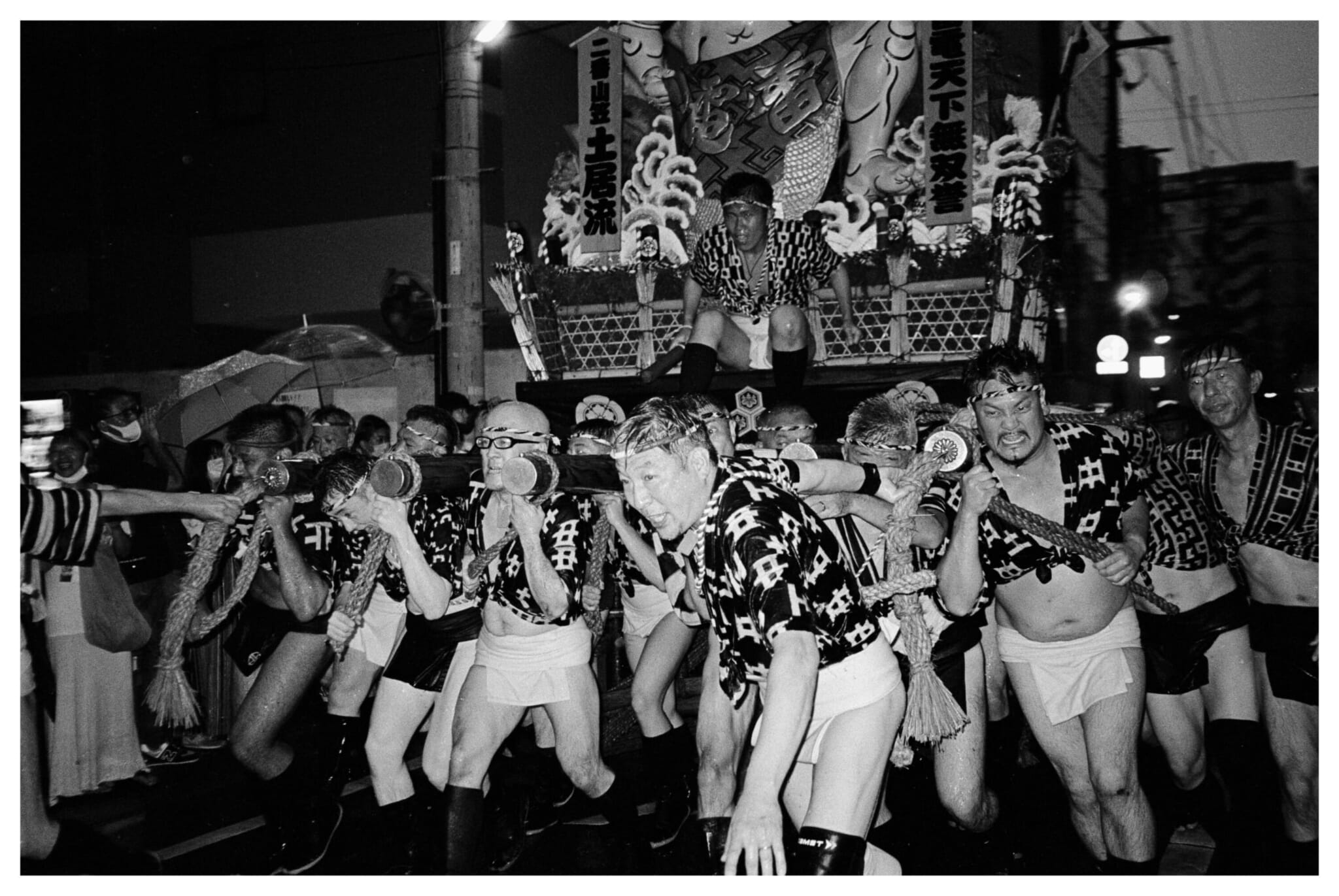For nearly 800 years, the men of Hakata have been moving mountains. Racing around the city of Fukuoka while shouldering yamakasa — elaborately decorated floats weighing around 1 ton apiece — they roar and shout. “Wasshoi, Wasshoi!” The loincloth-clad men hurtle around corners at breakneck speed carrying these handmade structures, each ridden by several men bellowing instructions from the top. The energy and fervor are intoxicating, the culmination of weeks of intense teamwork and preparation. This is the Hakata Gion Yamakasa Festival, one of the longest-running festivals in Japan.
One long-term onlooker is Alex Munoz, a photographer and YouTuber who has been documenting the festival since 2014, when he first moved to Fukuoka. “I consider the Yamakasa Festival very important to the spirit of Fukuoka,” he says. After spending eight formative years in Kyushu, he felt it was time to try his luck in Tokyo. Before he left the region, though, he went on one last road trip with a friend, which culminated in a beautiful joint photo book: Hello Kyushu/Goodbye Kyushu.
On the road trip, he stopped mainly at areas he had yet to visit, with one exception: Hakata, for the Yamakasa Festival.
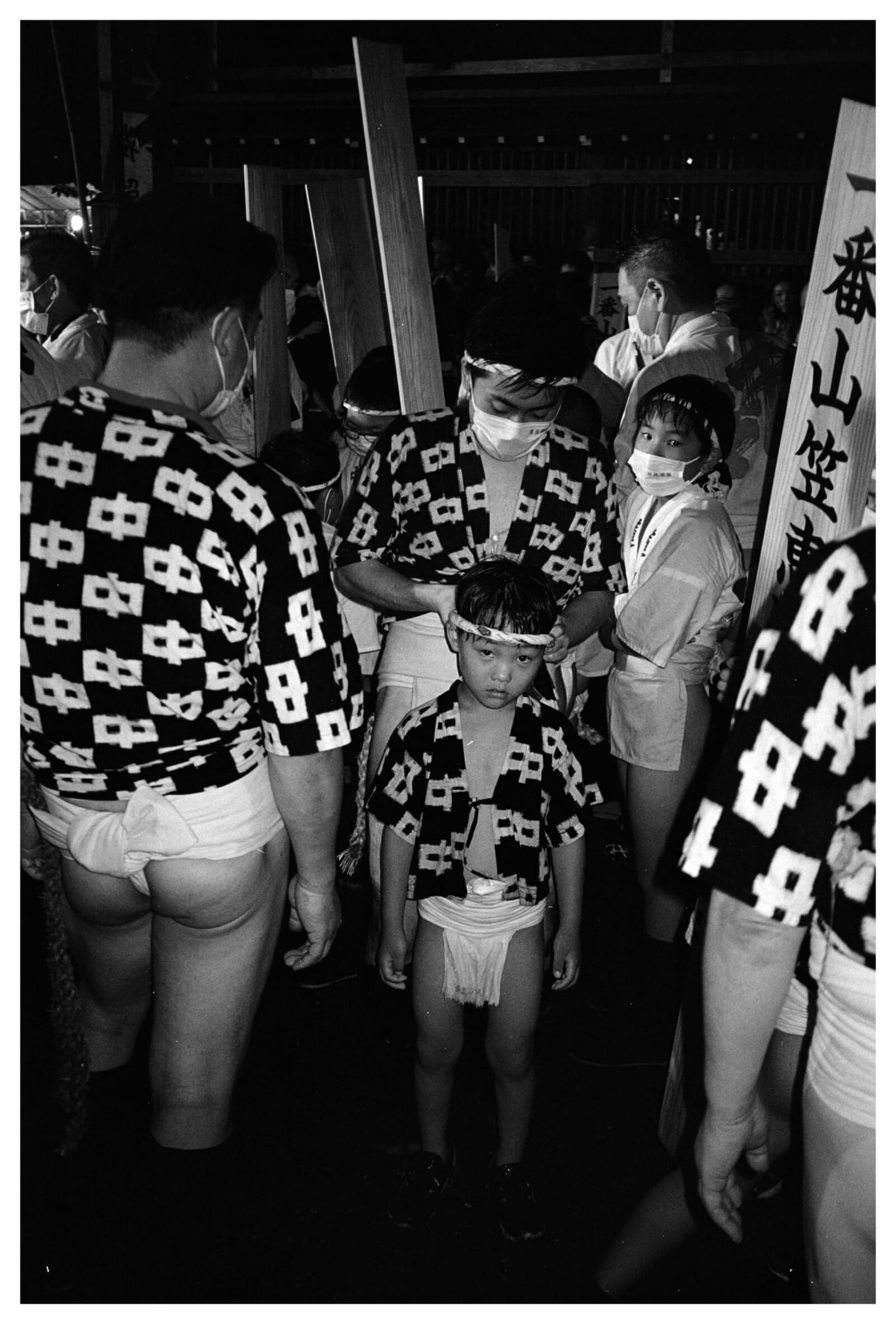
Generation Game
Starting on July 1 each year, the Hakata Gion Yamakasa Festival is a 15-day-long affair culminating in the famous float race, in which seven teams — each representing a neighborhood of Fukuoka’s Hakata district — rapidly maneuver their yamakasa through the city streets. Ahead of this grand finale, which is called the Oiyama, each team participates in a set of rituals and practice sessions.
The Oiyama commences at 4:59am on July 15, with the year’s first team setting out from Kushida Shrine. The remaining teams depart in five-minute intervals, barrelling through the 5-kilometer course. It’s a frenetic, vibrant sight: Around 30 men carry the float at any given time, while others run alongside, ahead or behind — helping to push the yamakasa, shouting encouragement or ready to take over should one of the float-bearers get tired.
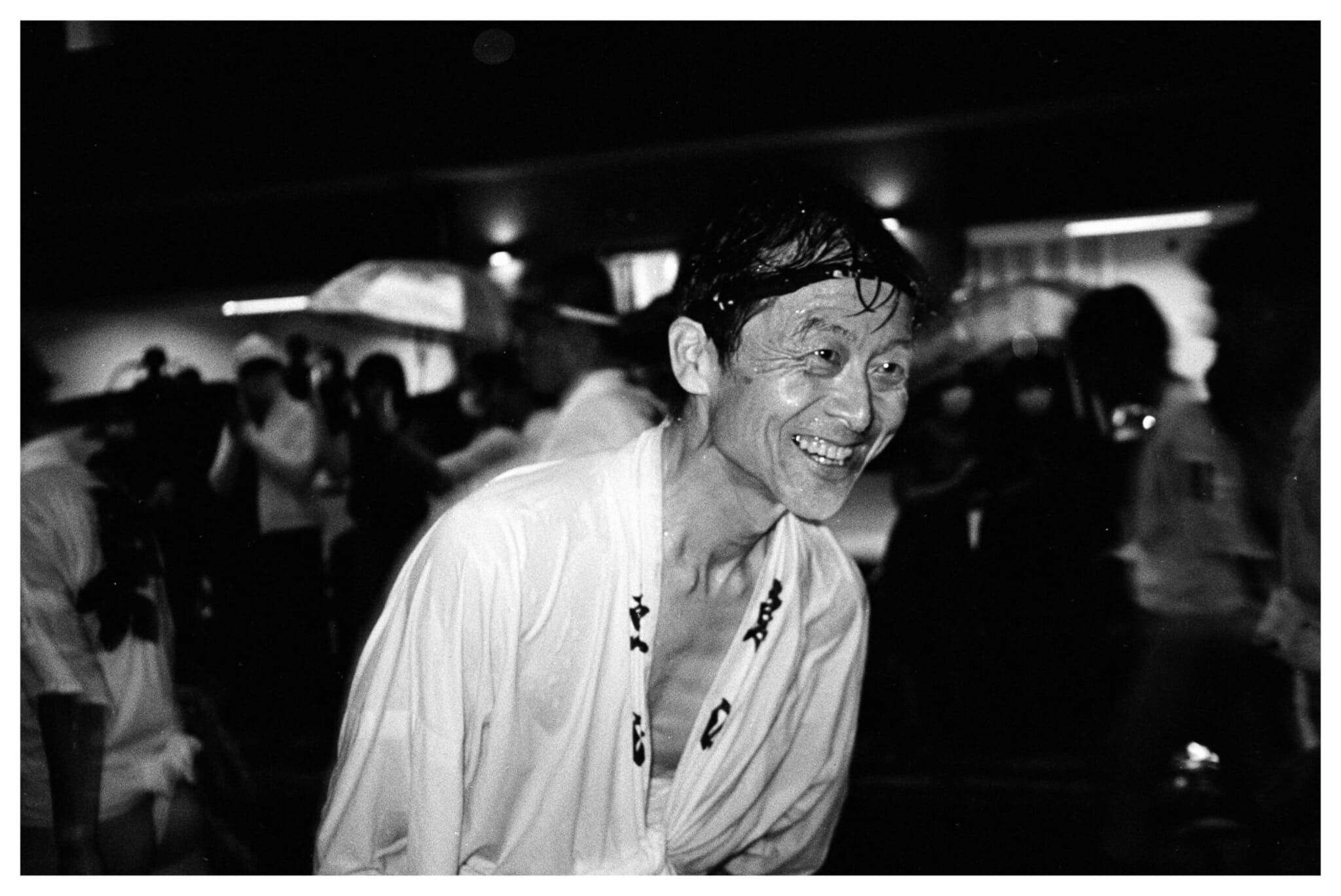
The teams consist of men who have grown up in the area, some of whom started as babies, being carried by their fathers or grandfathers around the course. Middle-schoolers will help distribute food during team meetings, progressing to running at the front of the yamakasa upon reaching college age. The oldest are the most senior, tasked with planning and logistics or with overseeing health and safety during the race.
William Fritsch’s documentary Moving Mountains features an interview with one of the most senior team members from one neighborhood, Kazuto Ino. He has been part of the festival for decades, researching its history in depth and turning his findings into an unofficial book for distribution among the teams. He highlights the collaborative nature of the event: “There’s a role for everyone, from babies to grandparents, dads and moms — everyone has a role to play from the start of the festival to the end … Whether that’s cheering, helping or lifting the yamakasa itself.”
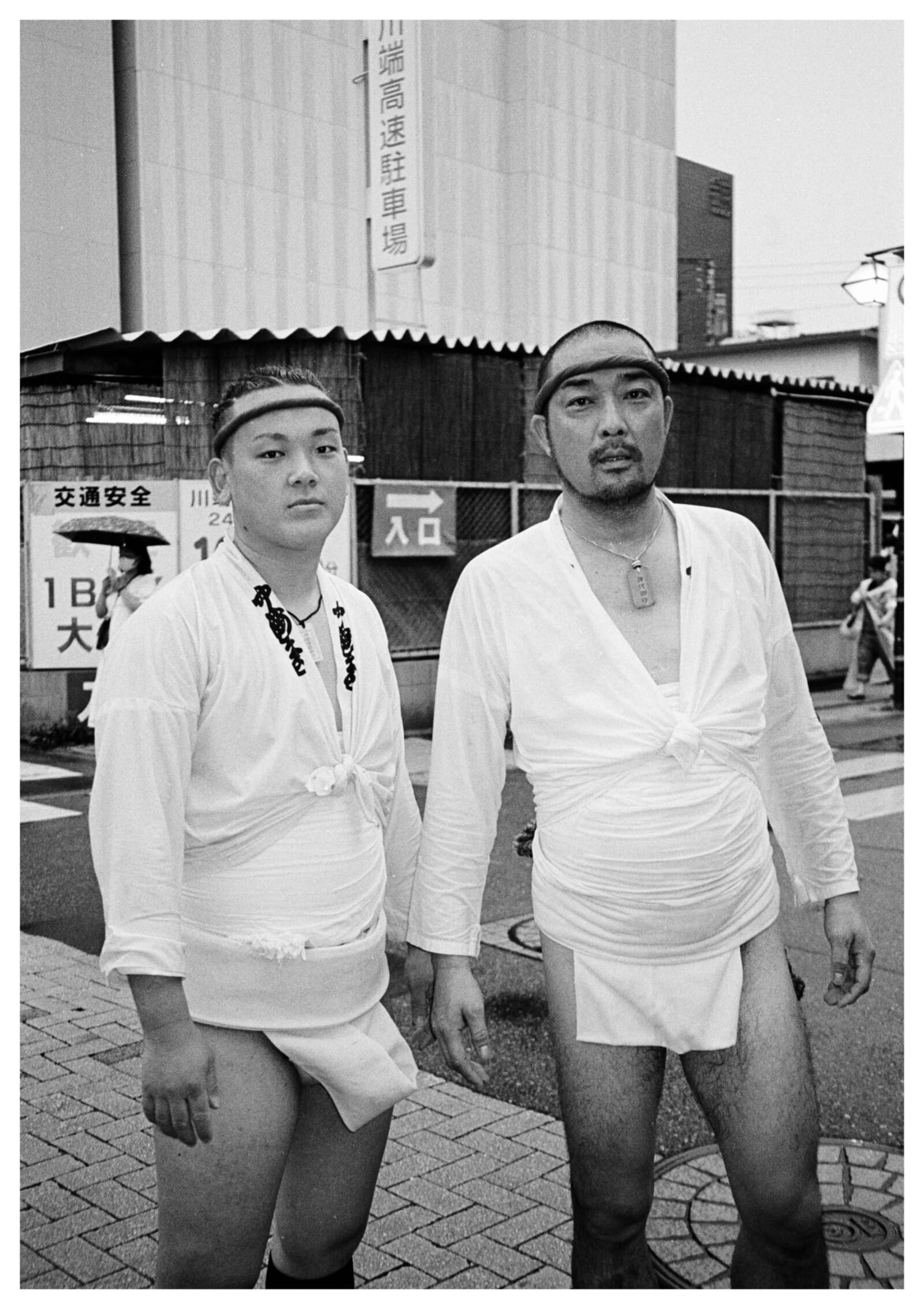
Floats Through the Ages
Preparation begins from the start of June, and each team makes its own yamakasa using techniques handed down from generation to generation. From the length of the wooden poles used to make the float (5.45 meters), to the tying process to ensure that everything stays intact throughout the race, each part is as important and long-practiced as the next. Every team also selects a theme for its float and decorates it lavishly, sometimes working alongside esteemed doll makers from the area to do so.
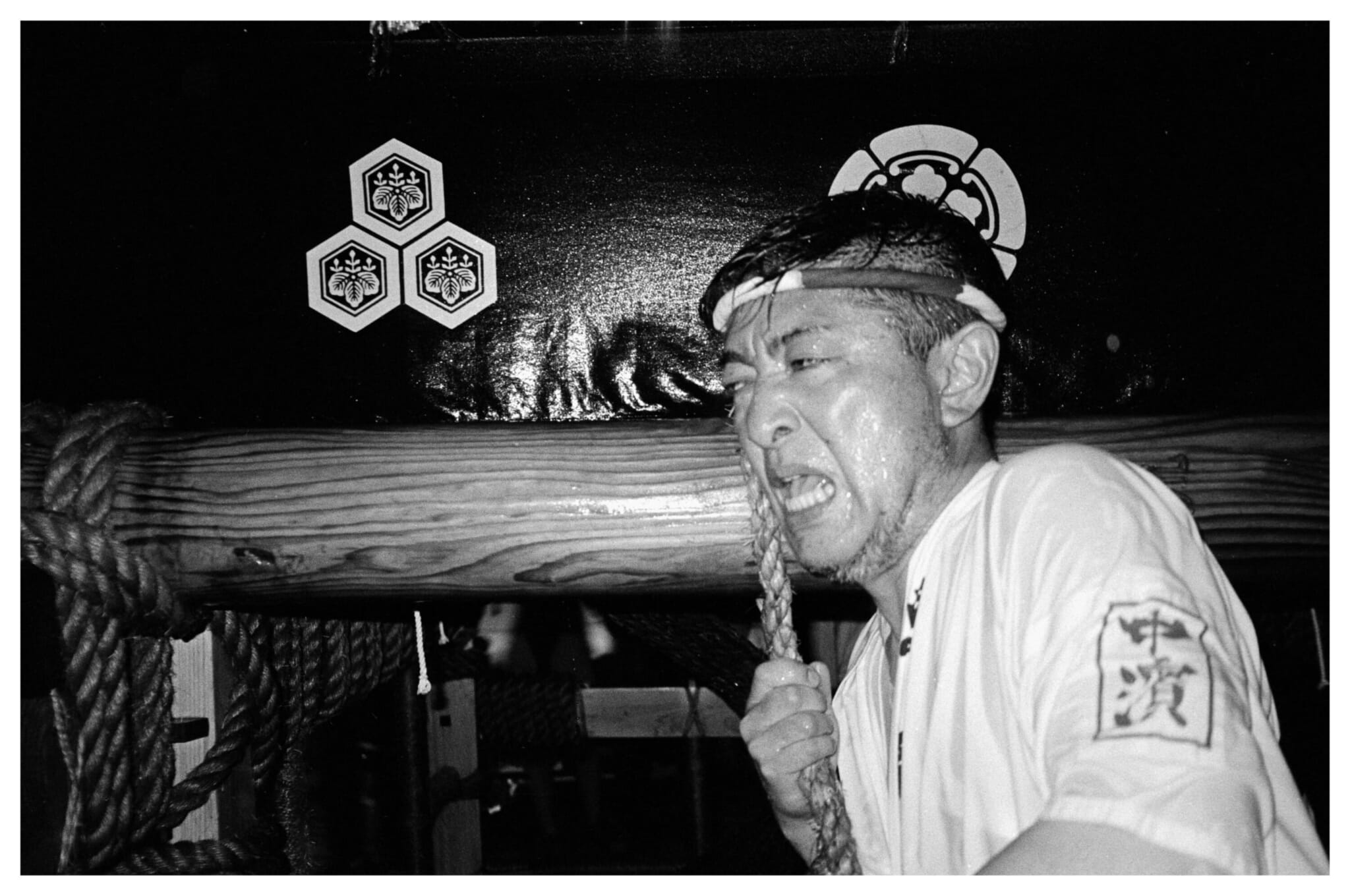
On average, the structures stand at around 4 meters high, although this hasn’t always been the case. In the past, the floats could reach up to 15 meters. But as the world changed, the festival had to adapt as well — the ornate moving mountains had to be downsized in the 1900s, lest they crash into the power lines that were proliferating over the city.
These resplendent, 15-meter-high floats still exist in some form, though. Nowadays, these are called kazariyama, and are static, sitting tall at key points around the city as decoration to get people into the festive spirit. The (relatively) smaller floats for the race are known as kakiyama, built as sturdily as possible, ready to spring into action the moment the race starts.
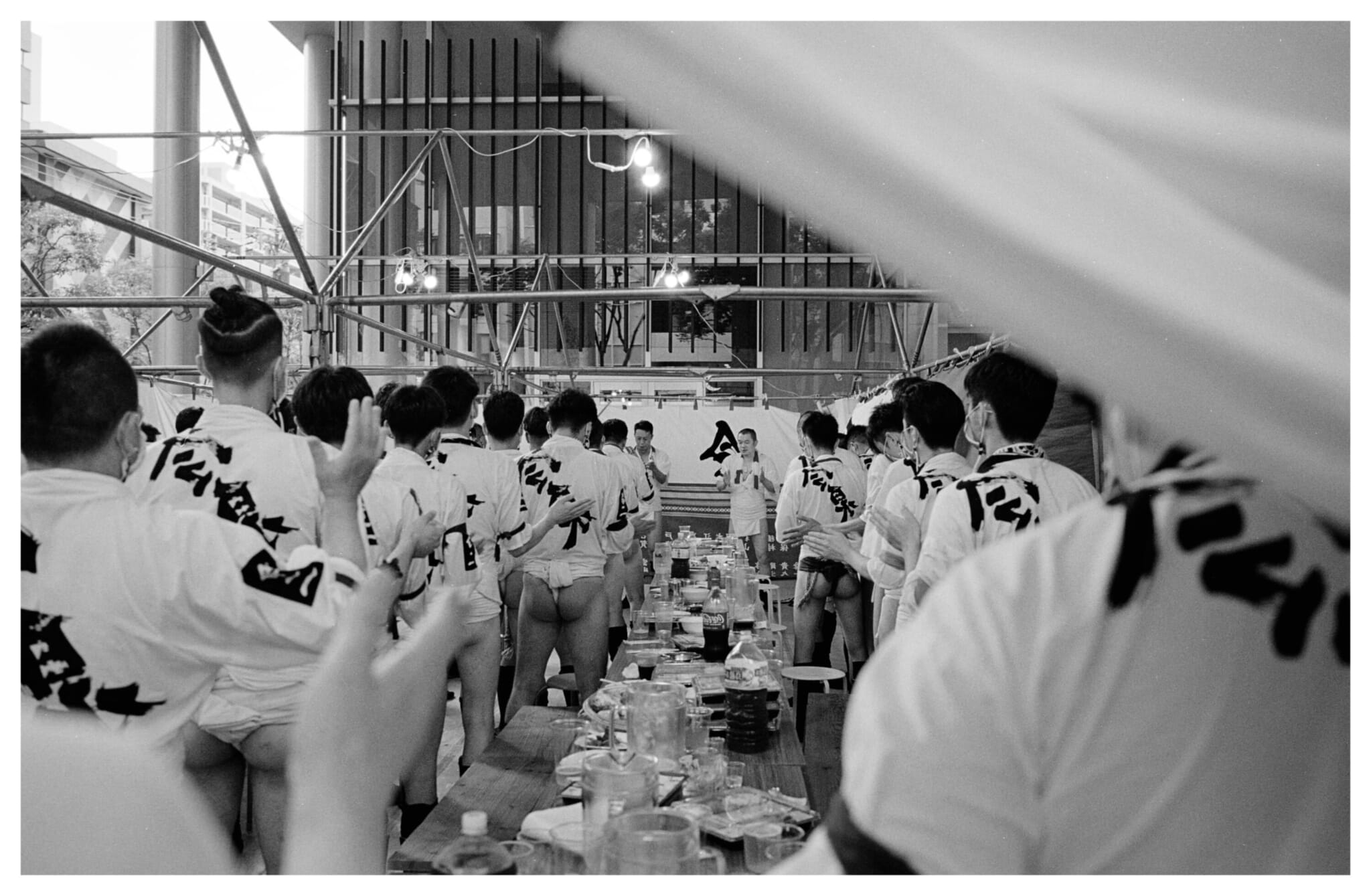
Let the Race Begin
In 2022, Munoz was out early to catch the Oiyama in all its glory. It was a particularly exhilarating day, since the festival had been canceled for the past two years due to the pandemic. “Everybody was really excited, and very eager to get going. There were a lot of emotions all over the place — happy and stressed because this is a big deal,” he says. “It’s very competitive, and it means a lot for the area where they reside.”
As the teams set off one by one, those waiting for their turn buzzed with nerves, ready for the challenge ahead of them — and the party that would follow it. “I interviewed somebody there and asked, what’s your favorite part of the festival? And he” — Munoz mimes chugging back a drink — “‘Drinking beer. I want to drink now.’ This was before it started!”
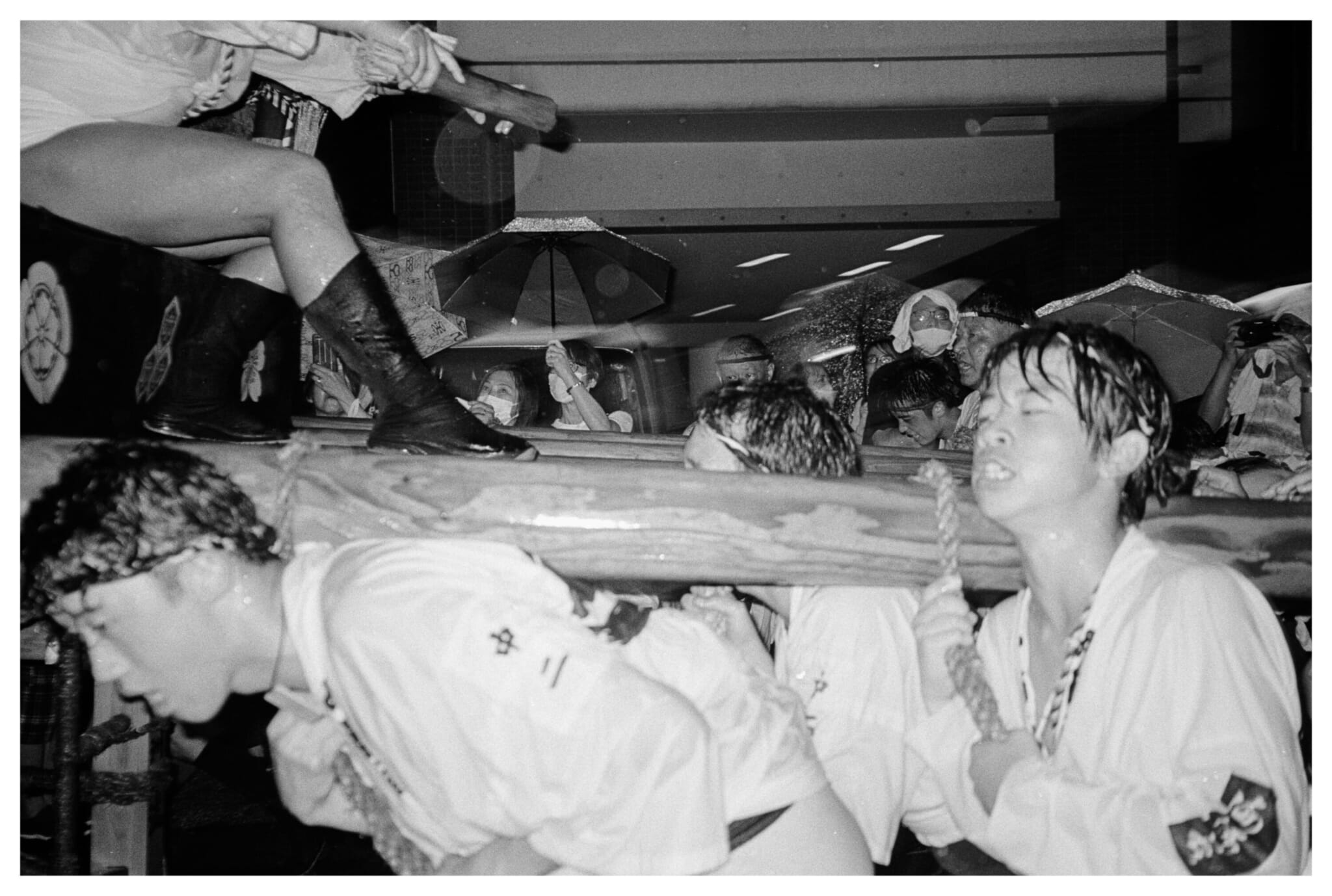
Once the race began, Munoz dashed through the crowds to capture action shots, working to convey the strength, dynamism and passion that fizzes along the streets during the event. His photos crackle with energy: sweat dripping from young men as they heave the yamakasa; older members sitting atop the float, faces scrunched as they shout orders at the lifters below; a father running behind the float, clutching a toddler on his shoulder.
Once the race ends, it’s time to relax and celebrate all the hard work that each participant has put in. This is where it gets even rowdier, as tiredness is quenched by beer, and lots of it. “It’s something that I’ve been photographing for the eight years I was in Fukuoka. And by far the festival in 2022 was the best that I have ever photographed,” Munoz says.
This article appeared in Kyushu Weekender 2024. To read the whole issue, click here.
Related Posts
- From Fukuoka to Busan on the Queen Beetle
- Bringing the Spirit of Fukuoka to Tokyo
- The Best 70 Things to Do in Fukuoka, Tried and Tested
Updated On April 5, 2024

